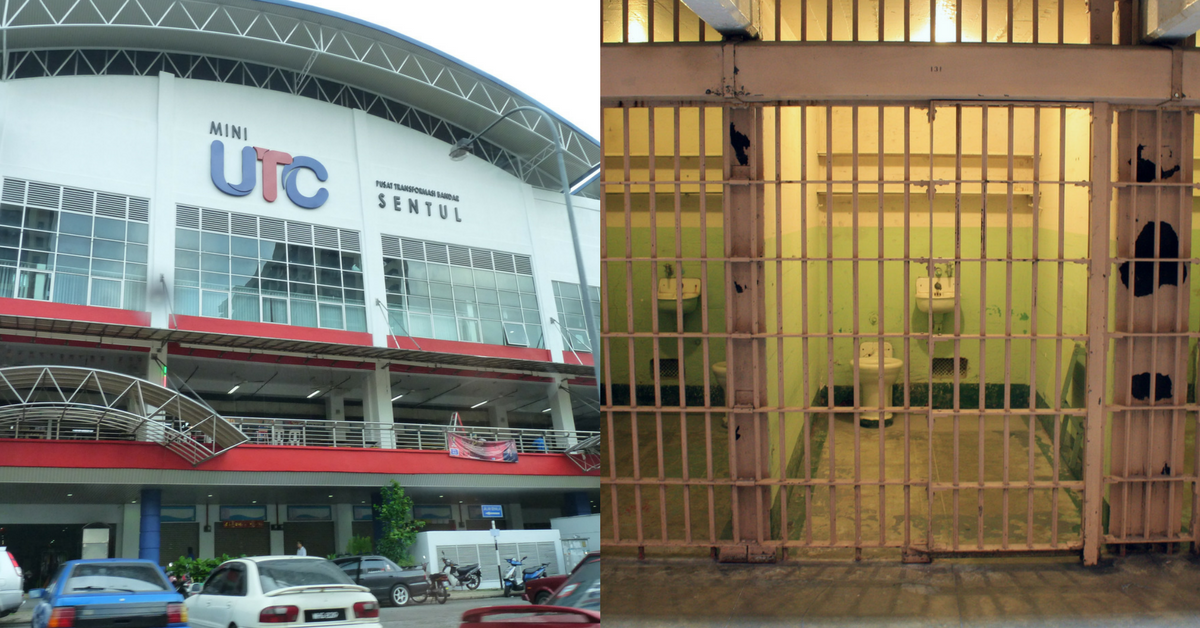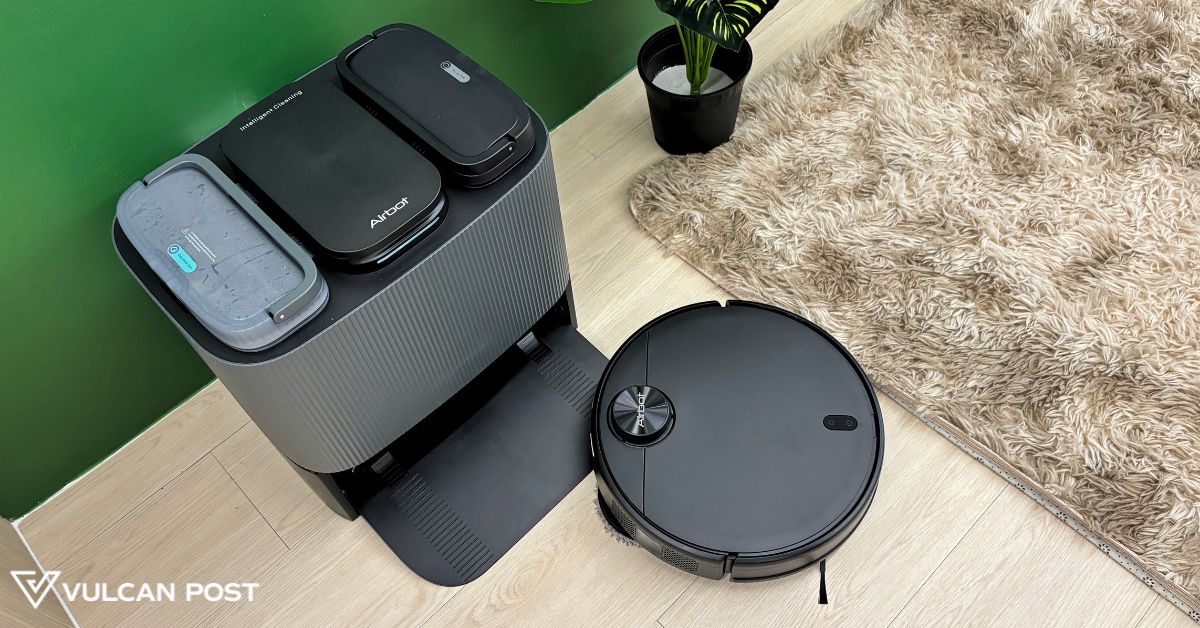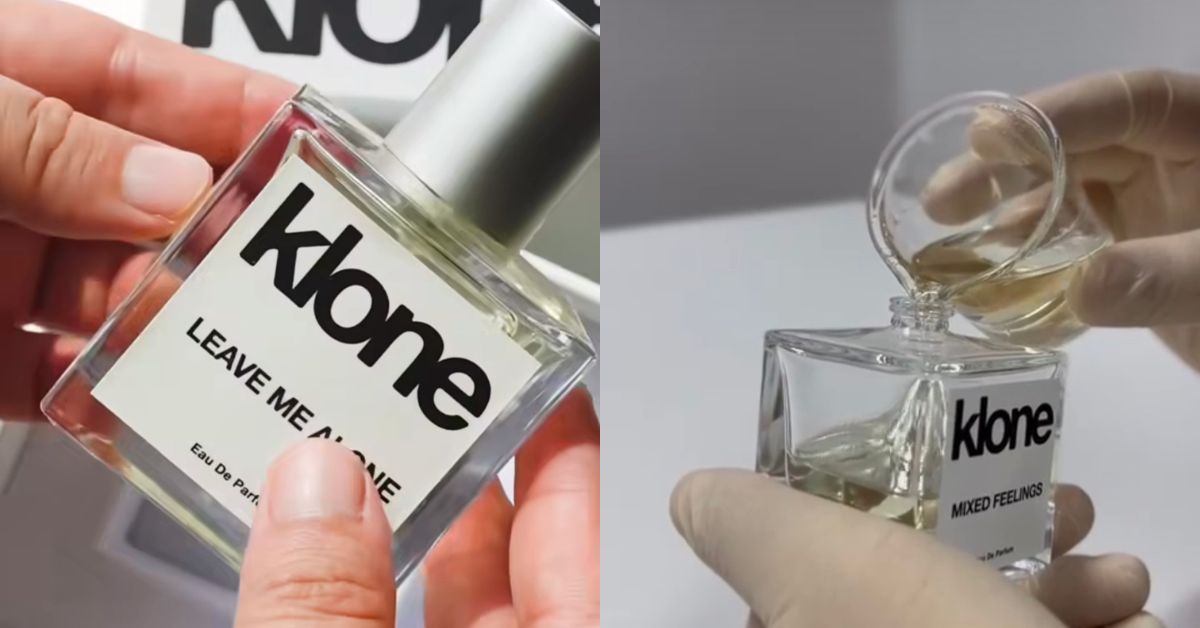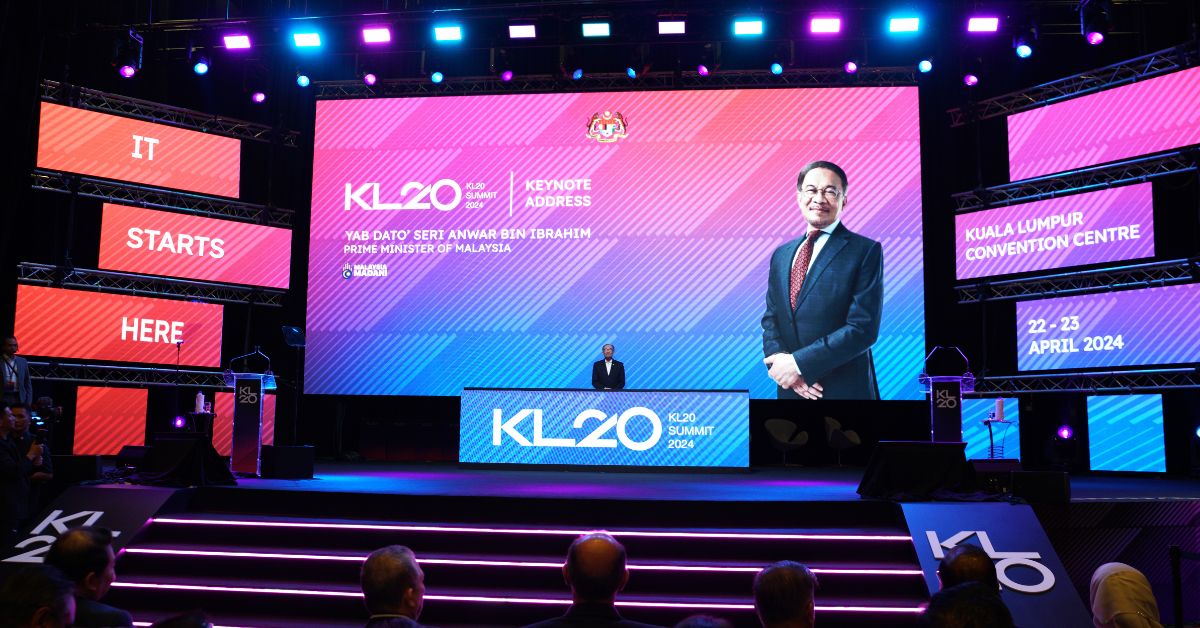The Global Entrepreneurship Community (GEC) 2017 Summit brought together aspiring and veteran entrepreneurs alike. This event was a place for them to gain further insight on approaching a market and honing their business skills.
The main focus of the first day? Shifting businesses from a competitive and bloody red ocean to a blue one.

Professor W. Chan Kim and Renee Mauborgne took the stage to give their two cents. Co-directors of the INSEAD Blue Ocean Strategy Institute, they recently published the bestselling “Blue Ocean Shift: Beyond Competing”.
In a red ocean, it creates a situation where supply exceeds demand. Therefore, competition grows as the suppliers and companies race in a heated battle to best each other.
Often, this results in a crowded market and companies having to fork out more money to pay for bigger campaigns and higher engagements with their target market.
“What is your dream now?” Renee opened with a single question.
“The concept of the blue ocean is relevant to everyone. Because you do not want to compete in a stiff and competitive market when you can shift your business to expand using creativity, innovation and growth.”
“Therefore, how can we create a systematic process that so that all, whether from government, social enterprises, and private sectors can shift red to blue in a way that the odds are in our favour?”
The answer is that you simply do not have to compete. By making your competition irrelevant, you can thrive by breaking out of the market and setting your feet somewhere new.
Using the blue ocean strategy and applying it right is often part of an entrepreneur’s pitch, but how many can implement it?
Our country is making that a reality, by using new tactics to solve old problems.
In 2010, Malaysia faced a difficult situation that many countries had problems resolving: rising crime.
The situation was basically high crime rates, which led to prisons becoming full quickly. This soon led to prisons being overcrowded; we had too many criminals and not enough space to house them.
“Then when you mix petty and hardcore criminals together, what happens? You basically create a crime school.”
The petty criminals learn from the worse ones; they get influenced, bullied, coerced into becoming repeat offenders. Each year the number of prisoners increase because the old ones keep going back in, bringing newer potentials with them.
The conventional solution to this would be to build more prisons. But that is time-consuming and costly.
To break this cycle, the government decided to pursue a Blue Ocean Strategy instead.

They found that our military bases have lots of empty land designed with high security to keep people out. But the question they asked was: Could it be tweaked to keep people in as well?
With that goal in mind, they launched the Community Rehabilitation Programme—a rehabilitation effort for petty criminals that trains them and give them productive work on military premises. When released, the hope is that the former criminals will continue to be contributing members of society.
These centres are 80% cheaper to build and 50% easier to manage.
Another part of the government’s initiatives in the Blue Ocean Strategy lies in our Urban Transformation Centres (UTC).
These were launched with the intention of providing a one-stop centre for all government services for Malaysians. Instead of building multiple separate centres that would drive up cost, require more land, and also need more people to staff, the UTCs combine several functions.
As a testament to their efficiency—compared to countries like Korea, Japan and USA, that take a week—it only requires an hour for the UTC to make your passport.
15 minutes if it’s non-peak time and you ask them (nicely) to hurry.
So there you have it—what shifting from a Red Ocean to a Blue Ocean Strategy means, as demonstrated by the government.
Chan Kim shared that they were three paths one can venture to when creating a blue ocean:
- Identifying and solving a brand new problem
- Redefining and solving an existing industry problem
- Offering a breakthrough solution for an existing problem
As your blue ocean grows, you will face two types of creation: disruptive and non-disruptive creation.
He added that non-disruptive creation is ideal, as it allows new market space to be created without destroying the existing markets and industries.
Last but not least, the three governing rules of what makes a successful Blue Ocean Strategy lies in these:
Pursuing a high-impact, low-cost and rapid execution, practicing humanness in all discussions and decision-making, and using Blue Ocean tools like the Strategy Canvas and ERRC grid.
“What people often say is that ‘The Blue Ocean works for that industry, not mine’. But most of the time it comes as a complete surprise to them when they experience it first-hand.”
Feature Image Credit: Compiled from nationmaster.com and Wikimedia









